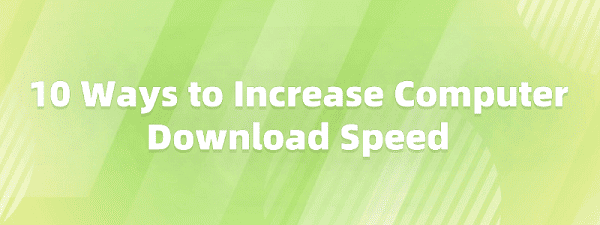
In the age of digital connectivity, slow download speeds can be incredibly frustrating, whether you're working, gaming, or simply streaming your favorite content. This guide will walk you through effective solutions, including using tools like Driver Sentry to optimize your system's performance. By the end, you'll have a faster, smoother internet experience.
1. Check Your Internet Plan
Before diving into technical fixes, confirm that your internet plan aligns with your needs. Many users experience slow download speeds simply because they are subscribed to a plan with insufficient bandwidth.
Contact your ISP to confirm your current package. If you're on a lower-tier plan, consider upgrading.
Check your internet speed using online tools like Speedtest. Compare your results with the promised speeds of your ISP.
2. Restart Your Router and Modem
A simple restart can solve many connectivity issues, including slow downloads. Over time, routers can accumulate temporary glitches that impact performance.
Power off your router and modem. Wait for 30 seconds.
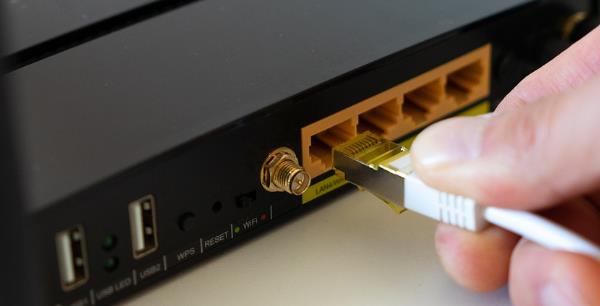
Turn them back on and let them fully boot up.
This often clears cache and re-establishes a strong connection.
3. Eliminate Network Interference
Wi-Fi signals can be disrupted by physical obstructions, electronic devices, or even neighboring networks.
Place your router in a central location, away from walls and large objects.
Use the 5 GHz band if your router supports dual-band, as it offers faster speeds over shorter distances.
Limit the number of connected devices to reduce congestion.
4. Optimize Your PC's Network Drivers
Outdated or malfunctioning network drivers can significantly reduce your download speeds. Driver Sentry is an excellent tool that helps identify and update these drivers, ensuring your system operates at its best.
Driver Sentry scans your PC for outdated or missing drivers, especially those related to network adapters. It then downloads and installs the latest versions directly from the manufacturer.
Download and install Driver Sentry from its official website.
Open the application and run a full system scan.
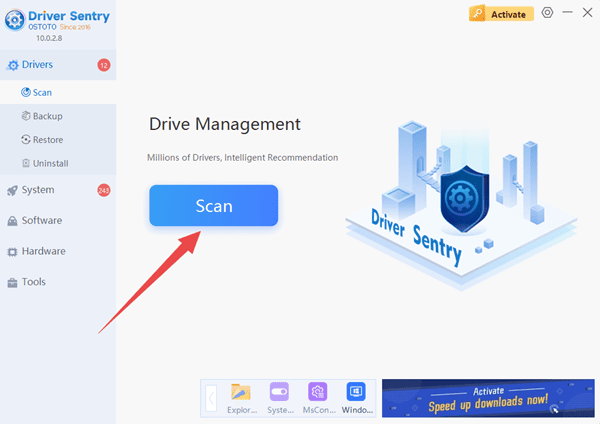
Locate your network drivers in the scan results and update them.
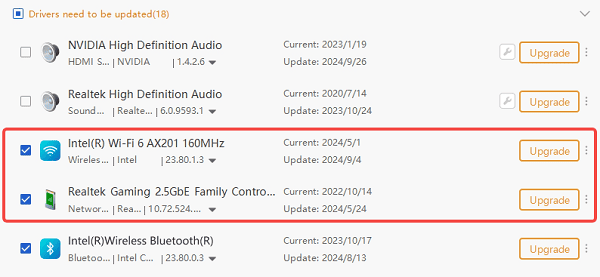
Using Driver Sentry not only fixes slow download speeds but also ensures your system's overall stability and performance.
5. Use a Wired Connection
Wi-Fi is convenient, but it isn't always the fastest option. If possible, switch to a wired Ethernet connection.
Simply connect your PC or laptop directly to the router using an Ethernet cable. Ensure the cable is in good condition and supports your network's speed.
6. Limit Background Applications
Many applications run in the background, consuming bandwidth and slowing your downloads. These can include system updates, cloud syncing tools, or even streaming platforms.
In Windows, press Ctrl + Shift + Esc to open the Task Manager.
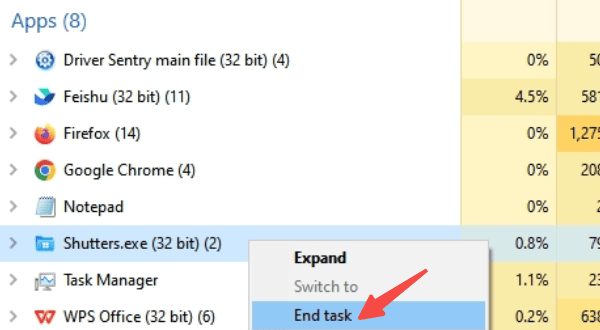
Go to the Performance tab and check which apps are using your network.
Right-click on the heavy users and select End Task.
7. Check for Malware or Viruses
Malware can hijack your bandwidth and slow down your connection. Regular system scans are essential to maintain internet speed.
Use a reputable antivirus tool like Windows Defender, Malwarebytes, or Avast.
Run a deep scan to ensure no malware is consuming your resources.
8. Adjust Download Settings in Your Browser or App
Sometimes, the problem lies with how the download is being handled by your browser or application.
For browsers:
Clear your cache and cookies.
Disable unnecessary browser extensions.

For apps like Steam or torrent clients:
Check download speed limits in the settings and remove any restrictions.
Prioritize downloads during off-peak hours when network traffic is lower.
9. Contact Your ISP for Support
If none of the above methods work, the issue might lie with your Internet Service Provider.
What to ask your ISP:
Are there any outages or maintenance activities in your area?
Can they provide a faster connection or replace outdated equipment like modems or routers?
ISPs often have tools to monitor your connection and may offer upgrades to resolve persistent issues.
10. Consider Upgrading Your Hardware
If you're using an old router or modem, they may not support the speeds you're paying for. Upgrading to newer hardware often improves download speeds.
A dual-band or tri-band router for better Wi-Fi performance.
A modem that supports your ISP's maximum speeds.
Slow download speeds are a common problem, but they don't have to disrupt your productivity or enjoyment. By following this guide, you can pinpoint the issue and take steps to enhance your internet performance.
See also:
How to Fix Slow Printing Issues
Guide to Fixing Printer Not Printing in Color